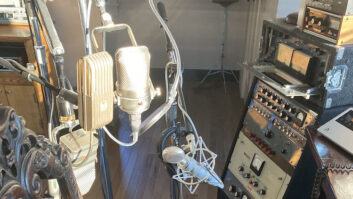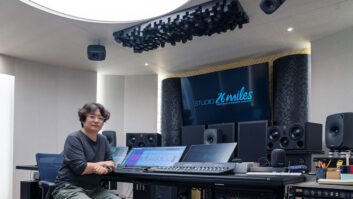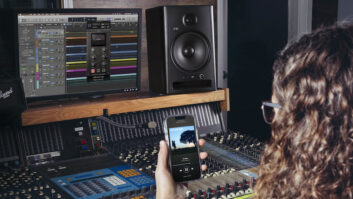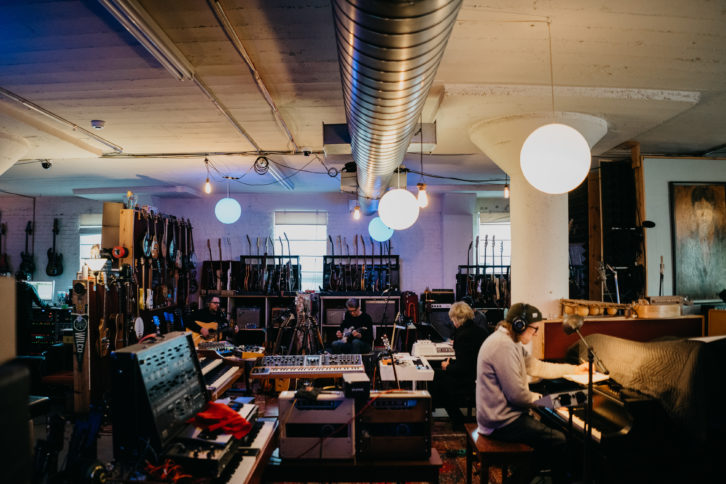
Chicago, IL (August 18, 2022)—After many months of solitary music making, the members of Wilco resumed their Sky Blue Sky music festival in Riviera Maya, Mexico, last January. Jeff Tweedy and the band performed three headlining sets with support from more than a dozen bands, including Spoon, Kurt Vile & The Violators, Tank and the Bangas, special guest Mavis Staples, and others. Wilco’s return to the stage was extra sweet, as they reunited with fans and musical friends, including the band’s engineer/producer, Tom Schick.
“I wasn’t working with them in Mexico, but they were nice enough to invite me and my family,” Schick says. “That was my first time traveling in a couple of years, and to have everybody together again was so much fun— really a cathartic feeling. When we came back home, everybody decided to get together in the studio. They wanted to keep playing live, so I set everything up in The Loft for a live record, not really knowing what to expect. It was the first time in two years that the guys were in the room together.
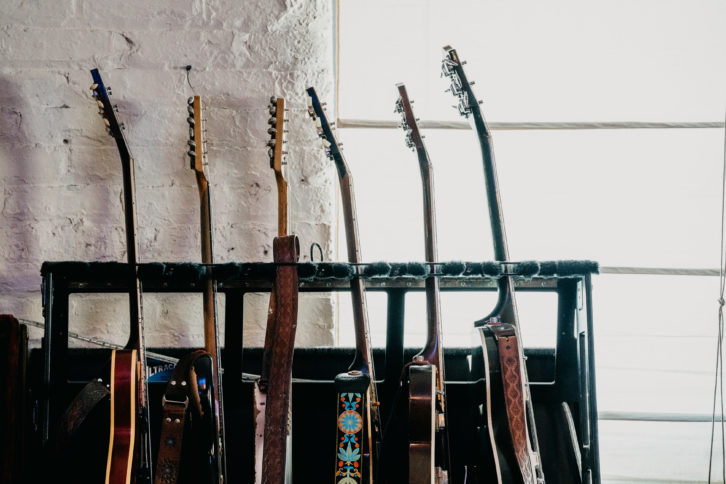
“Jeff showed a song to everyone, and everybody learned it and they did a few takes,” Schick continues. “When we listened back, it was so exciting—the emotion in the room with everybody playing together and recording together was amazing. So, we just kept going.”
That first song that the band tracked became “I Am My Mother,” the first track on the album Cruel Country (May 2022, dBpm Records). Like so many post-pandemic releases, the album feels like celebration and sadness in equal measure, but the sound is vintage Wilco: country twang meets moody tones meets Byrds-like vocal harmonies and soulful rhythms.
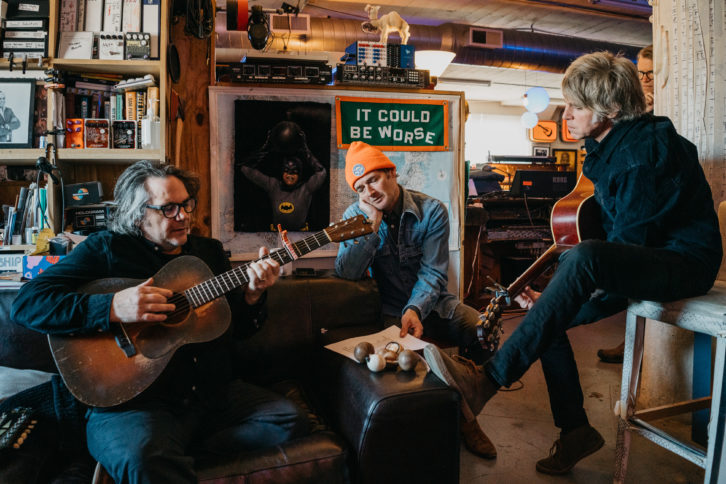
“It was a live take, even a live vocal,” Schick says. “The backing vocals were the only things we overdubbed, and that song became the template. After two years of everybody working in their own rooms and passing around tracks, we were just capturing the chemistry that these guys have together—no worrying about bleed and no worrying about mistakes.”
Whether Wilco are recording live or piece by piece, Schick sets up stations for all the musicians in the studio, each ready to go at any time. When Mix spoke with him in June, he was actually in The Loft, so he walked the studio from station to station describing the setup:
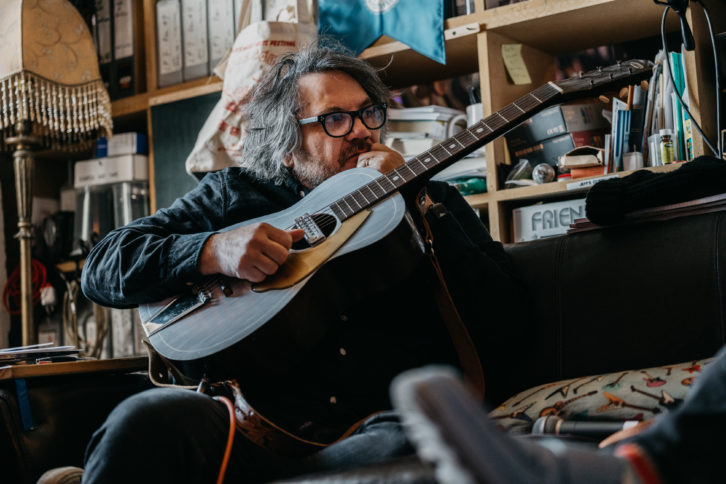
“I’ll start with Jeff,” Schick says. “He was in a corner with a Neumann 563 on his acoustic guitar and an SM7 on his vocal. Those both went through a Neve BCM10 with 1073 mic pre’s. We had an 1176 on his vocal and a Chandler TG1 on the acoustic.
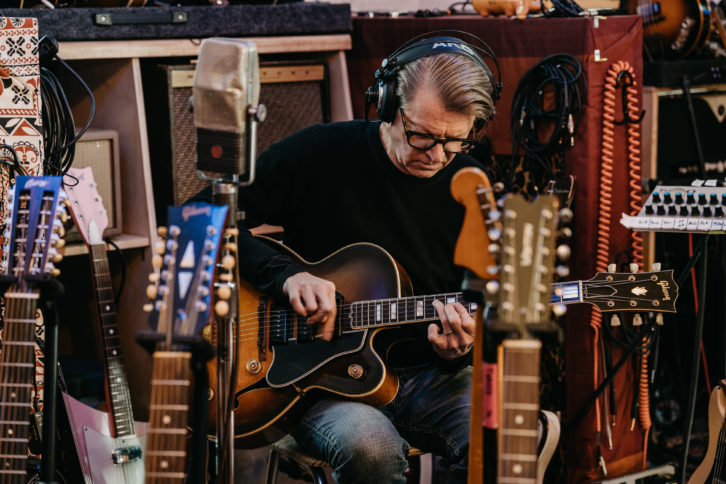
“Next to him was Nels [Cline’s] station. He mainly had a Milkman amp with a 57. There was also a LOMO 19a19 microphone that I would use on Nels whenever he played an acoustic instrument like a dobro, and I used that same mic later when we did background vocals.
“Nels’ amp also went through a Neve BCM10 and into a Manley ELOP compressor, and the LOMO was going through the Neve and an 1176.
“And then right next to Nels was John [Stirratt’s] bass station; that was a B15 amp with an [Electro-Voice] RE20 on it and a Somewhere Sound Detroit Gearbox DI—that’s designed to sound like Motown, and it sounded great.
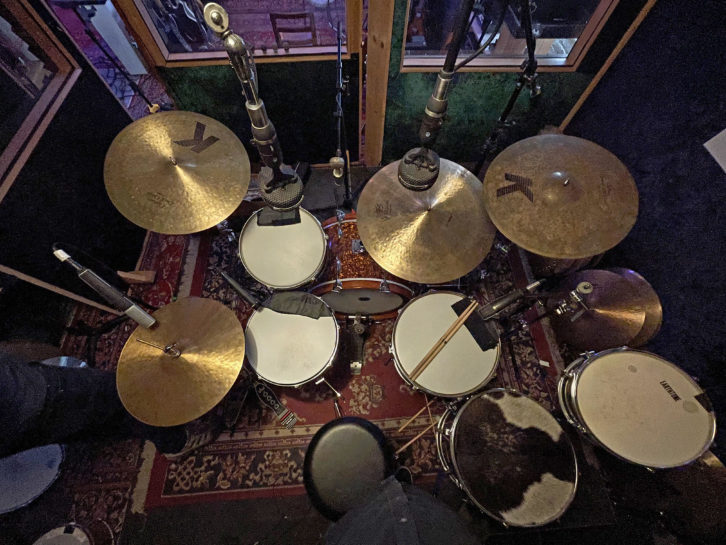
“Right behind John is Glenn [Kotche] in our drum booth, which is made of sliding scaffolds on wheels, so the drums were somewhat isolated, but not totally closed off. I used an AKG D112 on kick, 57 on the snare, and a pair of Coles ribbon mics for overheads, and a Neumann 563; the one on acoustic guitar belongs to me, and this one belongs to Jeff. It just just sits right in front of the drum kit, and I use it to add a little bit of brightness. Also, one 421 and one 441 would float around for either a hi-hat or toms. I didn’t mike each tom individually—just if something needed it, I’d throw up one of those dynamic floater mics.
“The drums are all going through API mic pre’s. The Loft has a 500 Series rack, including 512c and 550b EQs, so it’s almost like having another API console in addition to our Neve Broadcast board. I love the sound of the guitars going through the Neve and drums going through the API. Kick and snare go through a dbx 160 compressor, and overheads go through the 2264s on the main console. The 563 kit mic goes through a Distressor.
Recording the Red Hot Chili Peppers’ ‘Unlimited Love,’ Parts 1-5
“Next to Glenn, we had Pat [Sansone’s] station, with an amp line [miked via a Shure SM57] and a DI line that he would mix and match. He had a Wurly and a Mellotron, and most of the time, I would just switch the cable to whichever he was playing, but I also had a second DI because there were a couple of tracks where he was doing two things at once. He can be like an octopus!
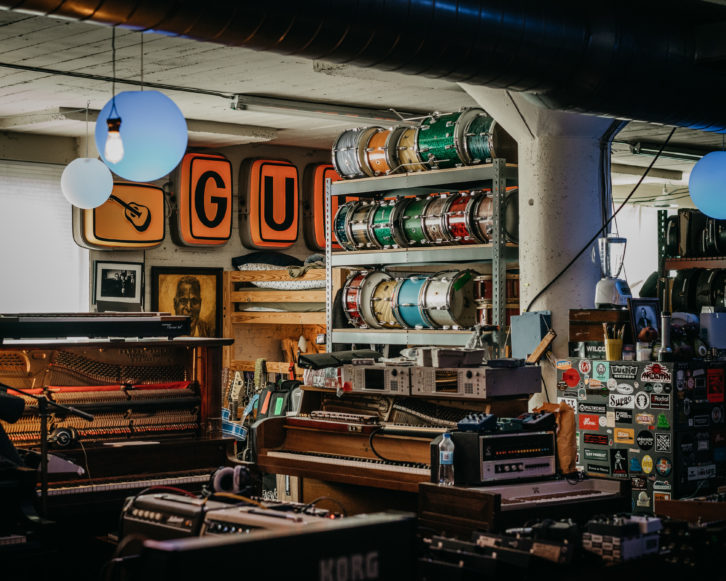
“Next to Pat, there are three pianos: a baby grand that’s miked up with a pair of 414s, an upright with a 57 just on the back of it, and a tack piano next to the upright, so we could just move the 57 behind the tack piano. Pat’s gear went through API pre’s, and his amp has another Distressor. The baby grand piano also had a Manley stereo Vari-mu compressor, and the tack piano and the upright piano went through the Chandler TG1.
“There’s something else we did that Mike [Jorgensen] came up with: In the upright, he put felt on the strings so that the hammers would hit the felt, and it made a really cool sound that is like a cross between a Wurly and a piano. On the song ‘All Across the World,’ that sound is pretty prominent.
“Speaking of Mike, his station was next to Pat. He basically had his laptop, a couple of organs and amplifiers, and a little mixer. I give him two lines coming out of the mixer with a stereo DI, and we have a couple of 57s that would move around to whatever he needed: a pair of amps if he was doing a stereo thing to the amps, or to the Leslie cabinet.”
Wilco tracked in a couple of two-week sessions in January and February, with Schick capturing everything to Pro Tools and roughing out mixes as they went. The album was complete and mastered by Bob Ludwig by the end of March. “We often record to tape, but in this case, tape would have slowed us down,” Schick says. “We didn’t even do too many edits. It was a very seamless process, just capturing the moment.”
